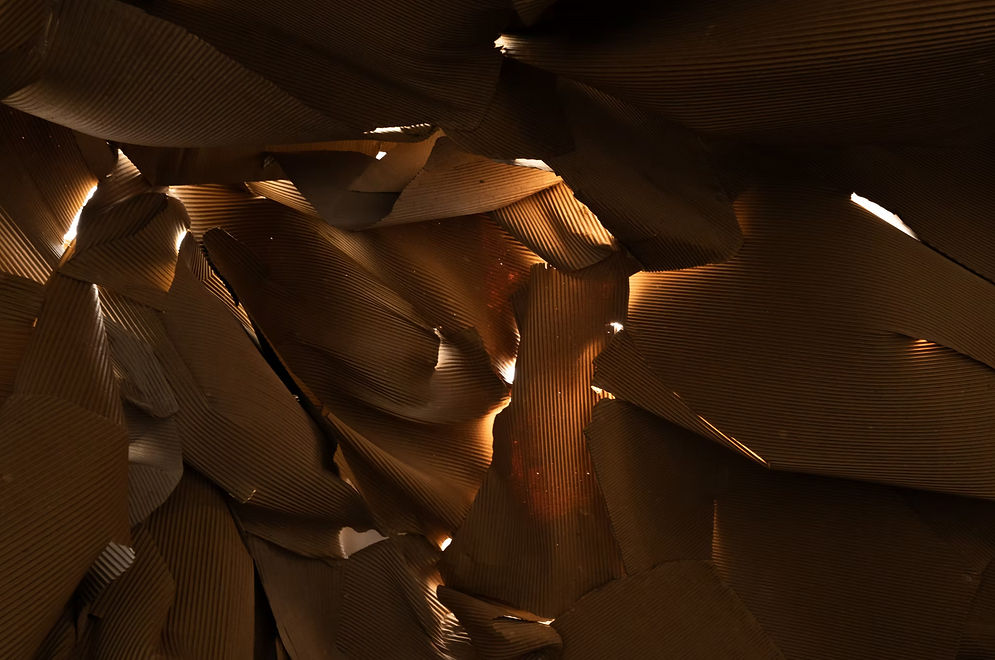The Module
Orientation
The school began by experimenting on us students. For our orientation module, we were asked to sketch the dream we had the previous night. This task wasn’t just about remembering an image—it was about diving into the unconscious and translating those fleeting, often abstract impressions into textures, strokes, and spatial ideas.

In my dream, I found myself walking along the the place where everything was moving in any direction , gradually moving closer to the vast. The rhythm of the objects carried a sense of movement but in a random order, but also quietly terrifying —something looming beneath the surface. Suddenly.the objects engulfed me, objects after objects. It was a moment suspended between fear and surrender, and I tried to capture that feeling in my charcoal drawing using layered patterns, swirling lines, and fragmented geometry—moments of chaos meeting stillness.
In the next stage ,we were collaborated in groups. Our dreams were not randomly paired; they shared thematic echoes—experiences of being submerged, lost, or absorbed. Together, we translated our collective visions into a physical space. While one group interpreted their dreams through a wave-like structure, We choose to work with the idea of corrugated sheet forms. This sculpted, textured surface gave the sensation of pressure and movement—like being inside a body of water where forms shift and close in on you. Light pierced through the ridges, mimicking the play of sunlight filtering.


What do I learn? What does "form" mean to me?
Throughout the orientation module, I explored the idea of form not just as shape, but as embodied emotion. Form, to me, is the outer profile that gives shape to an experience. It transforms an abstract feeling into something tangible. While traditionally a form may suggest an object, here it became a language—a way of communicating dreams, subconscious emotions, and spatial tension.